Although Chelsea can’t quite seem to find the back of the net regularly enough, very few managers in Premier League history have had a better start to life than Thomas Tuchel. The Blues have won nine of their thirteen matches under Tuchel’s management in all competitions, keeping eleven clean sheets during that time. Some underlying issues are still evidently exposed as Tuchel works around his squad and attempts to find his best possible eleven, but the improvement from Frank Lampard is also evident for all to see. Tuchel’s defensive tactics in particular have been outstanding, and much promise for the future remains if Chelsea can find their shooting boots and score more goals on a regular basis. Here is our latest Thomas Tuchel analysis, covering his first thirteen matches in charge at Stamford Bridge.
FORMATION: 3-4-2-1 / 3-4-1-2

In all but one of their thirteen matches so far, Chelsea have played with a back-three, utilizing wing-backs and a compact defensive structure led by three defenders and two sitting defensive midfielders. The shape has shifted between a 3-4-2-1, 3-4-1-2, and 3-2-5 depending on Chelsea’s amount of possession, and amount of Mason Mount, who is likely to operate in between the lines of the midfield and front two when he’s in the team. Many who were outcasts under Frank Lampard have returned to the squad under Tuchel, including Andreas Christensen, Antonio Rudiger, and Marcos Alonso. In fact, the German manager has given nearly each and every single one of his players a chance to perform for the team, some even in a few different positions. So with that, let’s start with the long list of personnel who have been important to Tuchel’s time in charge so far.
Embed from Getty ImagesEdouard Mendy has retained his place in goal, securing a stunning ten clean sheets in twelve matches under Tuchel. He hasn’t faced too many shots due to the defensive presence of the back-three and midfield-two, and Chelsea’s insanely effective ability to win the ball back after they lose possession. But the stats look very nice for the Frenchman none the less. Cesar Azpilicueta has been the only mainstay in Tuchel’s reign so far, missing only the cup game against Barnsley and re-finding his form again. Andreas Christensen has also developed into an important player for the team, following Thiago Silva’s injury against Tottenham Hotspur. Antonio Rudiger’s managed to keep the experienced Frenchman Kurt Zouma out of the side as the third of three centre-backs, despite Zouma’s role as Lampard’s first choice centre-half. At right-wing-back, Callum Hudson-Odoi has been the attacking option for Tuchel to have when his team set up to keep the majority of the possession. Reece James has also been a useful option, but there are question marks over whether his future truly remains at right-wing-back due to some of the qualities he possesses being more akin to the Guardiola inverted-fullback type of defender than the high-flying Adama Traore out-and-out type of wing-back. Left-wing-back has also been split between two defenders, the experienced Marcos Alonso who was integral during Antonio Conte’s title winning year, and Ben Chilwell, who’s become one of the Premier League’s best in the past few years. Neither has completely nailed down a spot over the other, which can be said about nearly every single position other than Azpilicueta’s and Mendy’s.
Embed from Getty ImagesIn central midfield, Thomas Tuchel has rotated N’Golo Kante, Jorginho and Mateo Kovacic. All three possess some of the same characteristics, but also very much differ when it comes to their over-arching style of play and key strengths. Jorginho is fantastic positionally and also picks out very effective passes from anywhere on the field. Kovacic does much of the same, but also offers more mobility on the dribble and in defensive transitions. Kante adds the same tackling and interception threat, but gets forward to contribute to the attack more often, even if his goal or chance creation output ultimately isn’t that high. It’s hard to say exactly which two Tuchel prefers, but the very start of his Chelsea career was marked by a very heavy reliance on Kovacic and Jorginho. The German can however be comfortable knowing that he has three world class midfielders who will each do a very solid defensive job in keeping their incredible clean sheet record in-tact. Given that Jorginho is the best passer and potentially also creator of the three, he may be Tuchel’s number one in that position. But again, it’s very difficult to say for sure.

Further up the field, Mason Mount has been Tuchel’s starlet and man in form, just as he was for Frank Lampard. The British manager frequently drops into the midfield lines to give Chelsea more of a 3-4-1-2 shape, and sometimes even plays alongside the two central midfielders in more of a 5-3-2 shape when Chelsea come under more pressure and defend a lead. Hakim Ziyech, Kai Havertz, Timo Werner, Christian Pulisic and Callum Hudson-Odoi have all featured to varying extents as one of the other members in the front-three, with none completely convincing their manager so far. Werner has looked positive in some games and like he’s back on track, and then very poor in others and like he’s still not ready for this level. Hudson-Odoi’s been perhaps the most positive, but again, Tuchel also uses him as a skillful right-wing-back, instead of in these more central areas. At the very front, Havertz and Werner have competed with Olivier Giroud and Tammy Abraham for a role as the number nine, with the former two often playing as more of a false nine and the latter two playing more as target men, responsible for holding up the play and engaging the attacking midfielders.
With Mason Mount’s role in the team, sometimes the shape can become lopsided, and that is why the 3-4-2-1 often does look more like 3-4-1-2. But Tuchel has demonstrated so far, if anything, to be a very flexible manager not only in personnel but in tactics, system and style of play. So those are the players and a briefing to how they have fared so far. Now let’s dig into more of this tactical analysis and how Thomas Tuchel uses his system to such great effect.
midfield solidity & shuffling
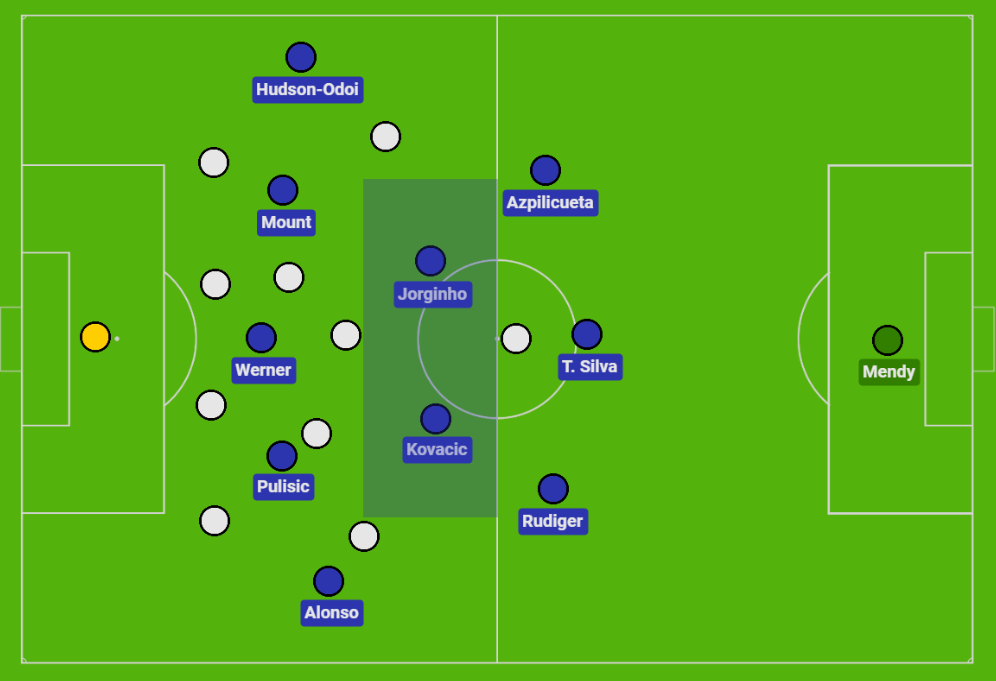
One of the essential reasons for Tuchel’s incredible clean sheet record so far is the shifting and sliding of the midfield two in defense, most prominently Jorginho and Mateo Kovacic. Not only are Kovacic and Jorginho integral to Chelsea’s build-up, they are perhaps most integral to the team’s ability to win the ball back. This is also why N’Golo Kante is able to fulfill the same role just as well as the other two, as the Frenchman has always been an astute tackler and a defensively-sound presence. All three players are masters of the art when it comes to shifting and sliding with the play. This can be as a reactive approach, in case their team lose the ball, or a proactive approach, to eliminate the space in between their teammates when the opposition have it at their feet. Shifting and sliding essentially means working as a tandem unit to move horizontally (in particular) to eliminate both space and available passing options that the opposition can exploit. They always remain in close proximity, moving together based on the positioning of the ball. With their compactness and overall awareness/ability in winning back the ball, Chelsea can always have an instant route to stay in possession. The second they lose the ball, the midfield two race onto the scene and win it back for the Blues.
PLAYING OUT FROM THE BACK
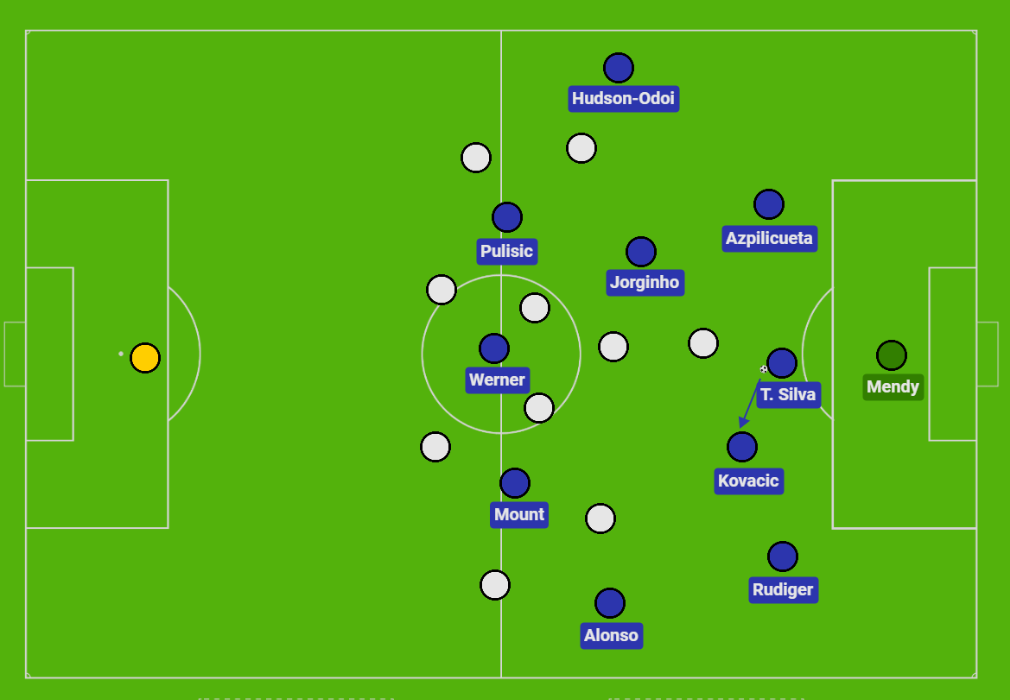
As expected of a Thomas Tuchel team, Chelsea play out from the back with a meticulous set of principles of play. They remain very patient in possession, keeping nearly 70% of the ball in their thirteen matches so far. The German coach has always utilized a patient build-up, including at both PSG and Dortmund, but his Chelsea team have arguably been the most patient of all his teams – passing the ball around, switching play and looking for the best routes forward rather than thrusting it long or relying on any sort of counter attacking play. This may be a potential reason for their lack of goals, perhaps being too patient in possession. But it’s made Thomas Tuchel’s side a very effective outfit, and one that is simultaneously very hard to break down.
Embed from Getty ImagesOf the three regular midfielders, Jorginho and Mateo Kovacic in particular play an in important role to Chelsea’s possession and build-up. This may be a reason for opting for that pair in midfield rather than the more mobile, tough-tackling N’Golo Kante. Both midfield men have fantastic vision and awareness when on the ball, but it is perhaps their role off-the-ball that is most worth paying attention to when it comes to Chelsea’s possession. In early build-up phases, the central midfielders may drop in to the left or right of the back-three, getting on the ball as early as possible in the move. This allows Chelsea another initial option in possession to by-pass an opposition’s high press, or in different circumstances when teams sit off, it allows Chelsea’s best ball players more time and space to make decisions. By picking up the ball lower on the field where less pressure is applied, the midfield men have more time to see the options ahead and pick out a longer pass. Both players have a fantastic knack for picking out longer passes. Of the two, Jorginho is more likely to loop one over the top of the opposition defense, and Kovacic more likely to hit a diagonal left to right and switch play. This variety allows Chelsea to hit and hurt their opposition in all kinds of ways, and it also allows the Blues a route to add some spice and innovation to their build-up. They also play a significant amount of one-touch passes, circulating the ball at pace, even despite the patience.
mason mount between the lines
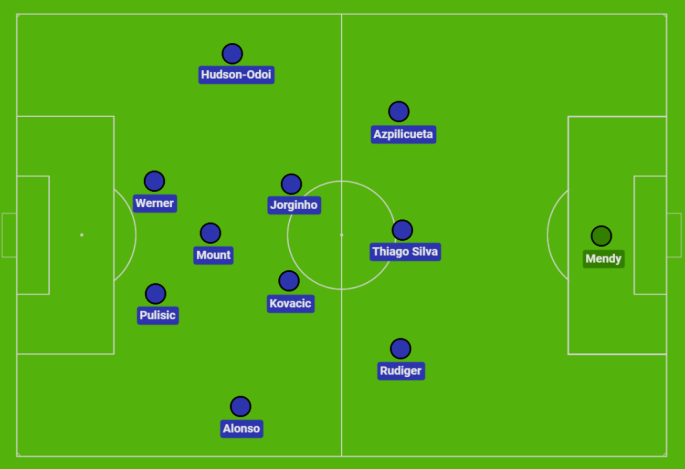
A favourite under Frank Lampard, Mason Mount has quickly established himself as a favourite under Thomas Tuchel as well, due to his incredible ability on the ball and intelligent movement around the field. TheMastermindSite.com first noticed Mason Mount’s role in the Chelsea team in his very first start for the new manager. The Blues started with a 3-4-2-1 shape against Burnley, but Mason Mount moved freely around the pitch and inverted himself frequently into central areas. Although this was intriguing to watch, it caused a lopsided shape for the Blues in attack. Thomas Tuchel then took off Tammy Abraham for the start of the second half and added another wide presence in Christian Pulisic, allowing Mount to then naturally adopt his central position in between the lines. For the next few matches, Mount even continued to operate in this role, drifting inside as Timo Werner remained high and wide alongside a partner in attack.
Embed from Getty ImagesThis was an astute tactical change by Tuchel, but it might have been caused by Mount’s initial hunger and desire to get on the ball as much as possible against Burnley rather than what the German manager intended when he first implemented a 3-4-2-1 / 3-4-3 system. When Mount drifts inside, it affords Chelsea an additional route in central areas, something that they have struggled to achieve in all four of the matches that the opposition have stopped them from scoring. Against Wolves for example, Nuno’s 5-2-3 completely stunted Chelsea’s ability to attack centrally and they had no presence to operate on the ball in between the lines. That completely flipped around the very next match against Burnley, and they won the match 2-0. Although Chelsea have struggled to score goals, they have made intentional strides to change that through this sort of movement from Mount in between the lines. It’s also given the British midfielder an integral role in the team, heading into an important year for his national team.
DEFENsive TRANSITIONs
Embed from Getty ImagesAs mentioned, Chelsea have achieved an incredible defensive record since Thomas Tuchel came in. The German manager’s conceded just two goals since he arrived at Stamford Bridge, keeping eleven clean sheets in thirteen matches. Very few managers in the history of the game can claim a better defensive record in their opening set of fixtures. The key to their defensive approach is quickness in transition. Chelsea may press with a reasonable amount of fervidity, but it’s not overly aggressive. It’s more about maintaining their compact shape and being very careful with regards to who pressures and who covers in the moment. Again, the likes of Kovacic, Jorginho and Kante are essential to that process. Chelsea keep so much of the possession that they don’t have to do an awful lot of defending, but the three rotating midfield men are all excellent tacklers and so defensively aware that opposition teams are hardly ever able to reach Chelsea’s defensive line. In that 3-2-5 shape that Chelsea use in moments of longer spells of possession, opposition teams are forced to sit back in a low-block. Their forward options are then restricted when they win the ball, and they can’t get past Chelsea’s two midfield men who sit deep and don’t engage in the attack quite as much.
Embed from Getty ImagesWhen the Blues lose the ball high up the pitch, they also press to win it back right away in a diamond shape, with one of the two central midfielders potentially taking up a higher position at the base of that diamond. The other in these scenarios is more likely to remain withdrawn, preparing themselves to sweep up the mess in case the opposition bypass the press. Similarly, during phases where the Blues press the ball closer to the halfway line, and the ball is out wide, the central midfielders work together to come across to the side of the ball as a unit. They then condense the space as part of a four-man diamond, between outside centre-back, wing-back, and either the wide forward or their central midfield partner. Their ability to always remain in close proximity to one another, particularly during defensive phases and transitions, allows the Blues to win the ball back to a great extent. Not to mention the fact that if the midfield two are bypassed, Chelsea still have one of the best 1v1 defenders in the world in Cesar Azpilicueta (this is not an overstatement), and two very strong, robust men alongside him. If opposition teams hit long balls over the top and try to expose space in behind Rudiger or Azpilicueta, the central defender, whether it be Christensen or Thiago Silva, will make sure to come across and cut out the pass in time. With all of these factors working in tandem, Chelsea have been nearly impossible to break down.
lack of goals
Embed from Getty ImagesChelsea’s potential lack of goals in the system they’ve utilized was something we noticed right from the very first match against Wolves. They attack with width and have players like Callum Hudson-Odoi or Mason Mount who can produce moments of quality; but it becomes very difficult for the Blues to fully break down teams who set up to defend in a low-block. As we’ve already mentioned, Wolves’ defensive 5-2-3 shape completely restricted Chelsea’s ability to penetrate central areas, and Havertz/Ziyech weren’t able to receive the ball with enough space in between the lines. Adding a player with more mobility and astute space interpreting in Mason Mount, allowed the Blues to achieve more success in penetrating central areas the next match against Burnley.

Olivier Giroud has also been a regular under Tuchel, but his ability to hold up the play and bring others into the game has been slightly diminished in recent weeks. It’s been one of the Frenchman’s best qualities over the years, but in recent weeks he’s often been dispossessed or failed to effectively get on the end of passes into his path. When Hudson-Odoi plays as a wing-back he shows much flair and desire to put the ball into the box, but in a more advanced role his skillset has also been restricted. However, Tuchel’s decision to favour the more defensive Reece James at right-wing-back in big matches has been understandable. The blame can’t fall entirely on players like Timo Werner and Kai Havertz, even despite their price tags. It is ultimately a collective issue that the Blues need to address as quickly as possible. Perhaps it is only a matter of changing systems. However, the one time they opted for a back-four, Leeds held them to a 0-0 draw. Chelsea therefore need to find a way to score goals through the system that they currently operate in, whether it be speeding up their possession, or looking for more pockets of space for players like Mason Mount or Timo Werner to operate in, helping the Blues break down the opposition.
CONCLUDING THOUGHTS
Embed from Getty ImagesThomas Tuchel’s start to life at Stamford Bridge hasn’t been one-hundred-percent perfect. But it’s been pretty darn close. The Blues have won nine of their thirteen matches under Tuchel’s management, keeping eleven clean sheets and conceding just two goals. Tuchel’s defensive tactics in particular have been outstanding, and he’s gotten the best out of nearly every single player to feature for the squad up to this point. The Blues also remain well in the hunt for the UEFA Champions League and a place in the Premier League’s top four, and could very well end up challenging again for either title next season with their incredible squad and Tuchel’s tactics.
So there it is! A tactical analysis of Chelsea’s start to life under Thomas Tuchel. Be sure to check out more on Thomas Tuchel including the articles below and be sure to share your thoughts in the comments or on Twitter @mastermindsite. Thanks for reading and see you soon!
You might also enjoy…
-> Why Thomas Tuchel is the Perfect Fit for Chelsea – Tactical Analysis
-> Thomas Tuchel’s Principles of Play – Tactical Analysis
-> Thomas Tuchel – Paris Saint Germain – Tactical Analysis

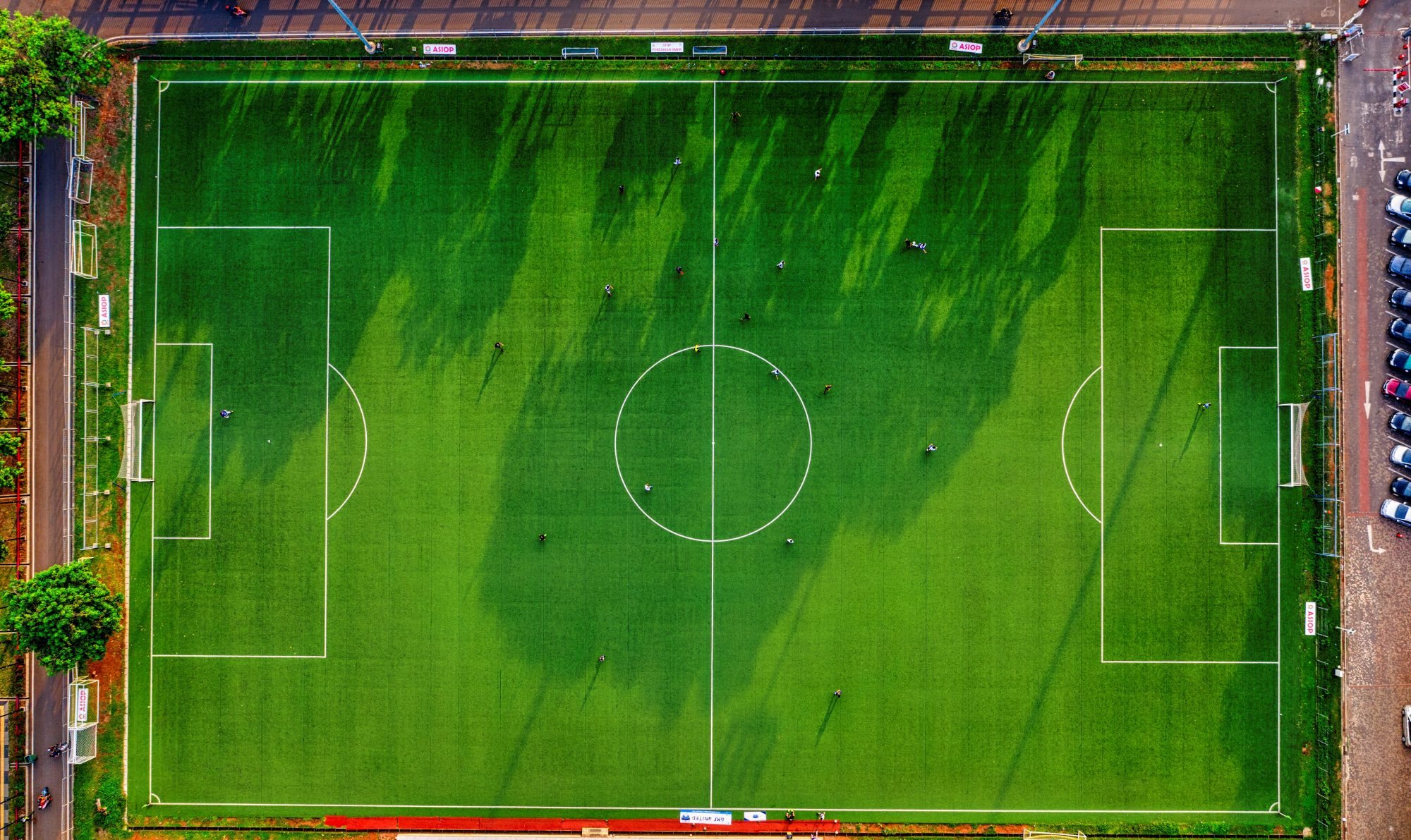

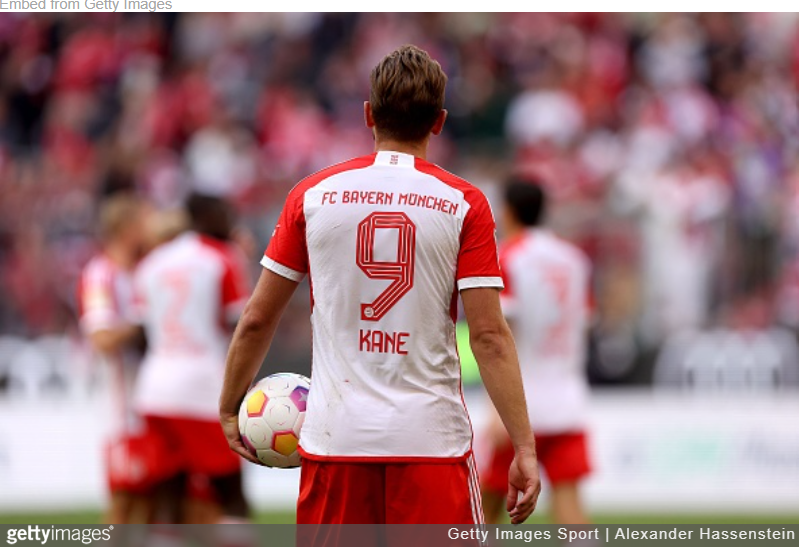

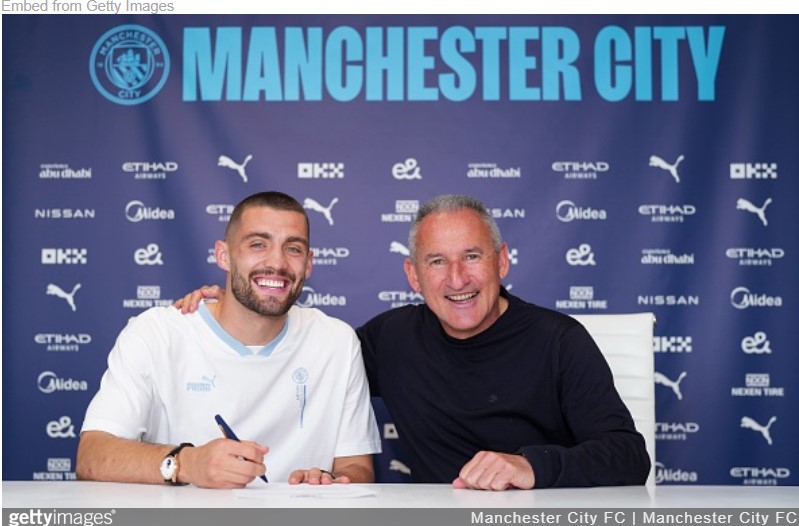


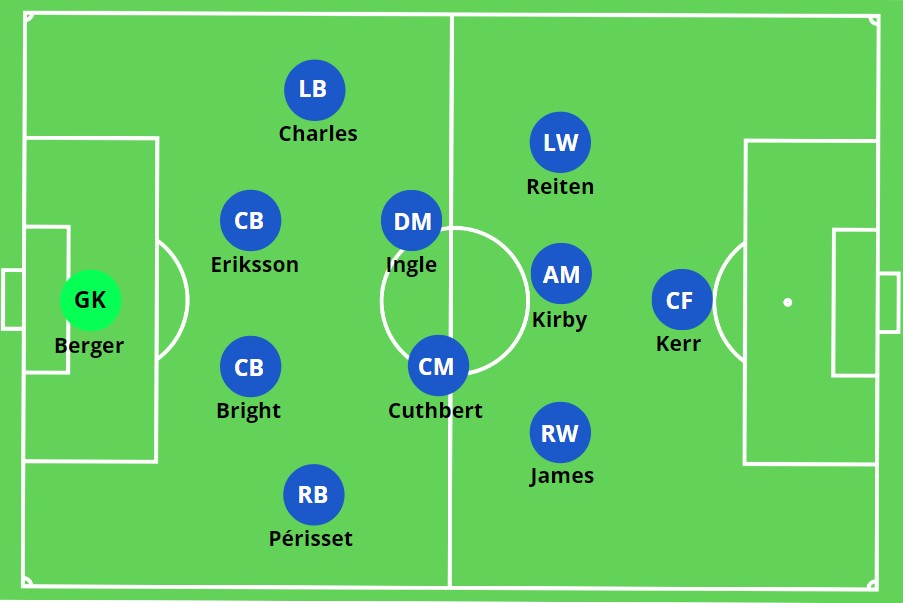
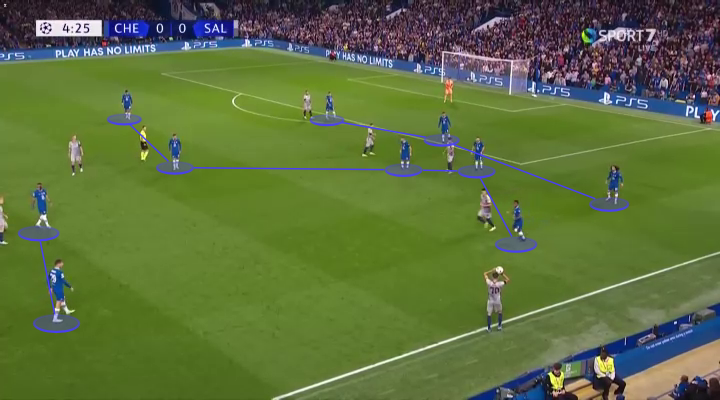
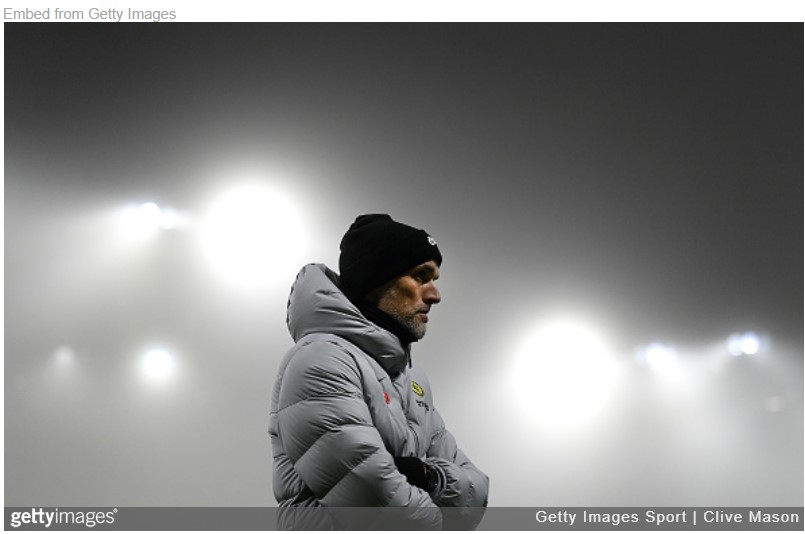
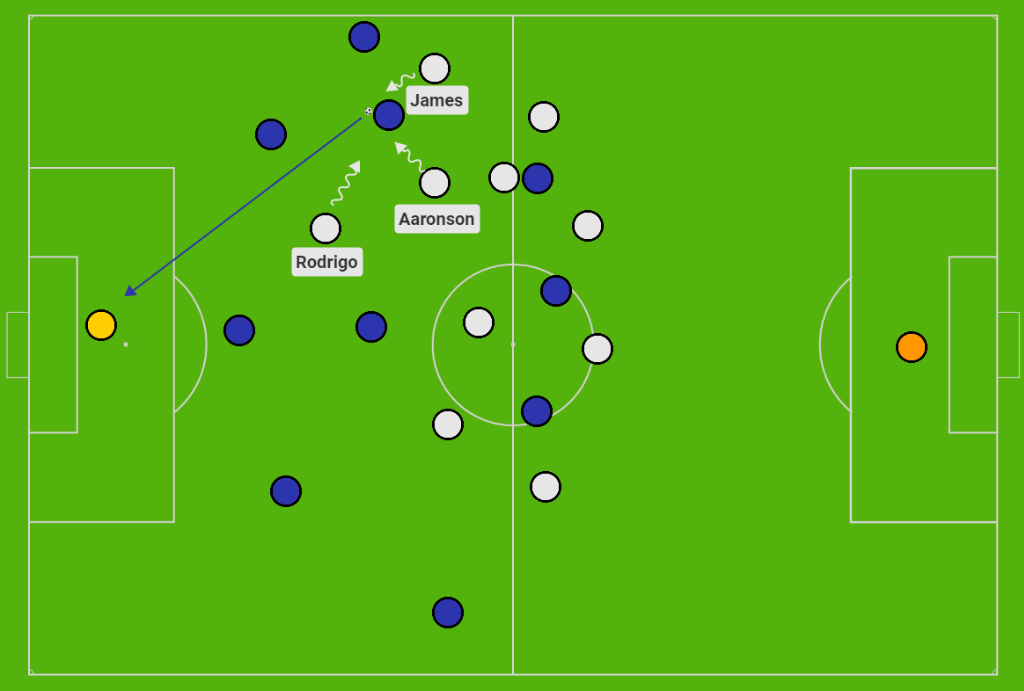
52 thoughts on “Thomas Tuchel – Chelsea – Tactical Analysis”